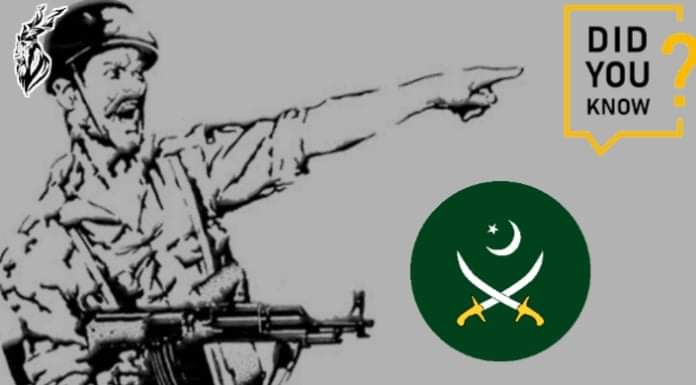The Indo-Pakistan war of 1965 was an apex of confrontation that took place between April 1965 and September 1965 between Pakistan and India. The conflict began when Indian forces obtruded the Pakistani area in the Rann of Kutch in April 1965. In this momentary conflict, the Indian forces were thrown out of Pakistani land. Both the armies had fully deployed, with face to face. Pakistan suggested a cease-fire and India agreed. An agreement was signed for backing off. The arbitration tribunal announced the award that justified Pakistan’s position.
On 5/6 September Indian army crossed the International Border in the witching hour, without an official announcement and they attacked Lahore and Kasur battlefield. Pakistan Army and air forces put the attack to rest which resulted in a large number of casualties of the Indian Army (initiators). On 7 September Pakistani airforce pilot, the squadron leader, Sitara-i-Juraat holder M.M.Alam made the unbeaten world record by F-86 that crestfallen 5 Indian air force attacking the hunter aircraft in a single raid. On 6/7 September night, our 3 special services groups landed on Indian airbases at Pathankot, Adampur and Halwara to counteract.
To alleviate pressure on Lahore Fort, Pakistani armoured and mechanized troops supported by artillery and the Pakistan Airforce overran region Kem Karan 6 to 8 miles within Indian territory on the night of September 7/8 after crossing two major water obstacles in a strong advance. In a daring and rapid onslaught, vital Indian fortifications at Sulemanki and across Rajasthan and Sindh were also taken.
On night 7/8 September, 1 Corps of Indian Army dispatched its primary exertion east of Sialkot with one reinforced and three infantry divisions on our lengthy 15 Division front, screened simply by heroic 3 Frontier Force and B Company 13 Frontier Force (Reconnaissance and Support). 24 Infantry Brigade (Brigadier A.A Malik, Hilal-I-Juraat) progressing in region Pasrur, surged 25 Cavalry (Lieutenant Colonel Nisar Ahmad, Sitara-I-Juraat), on 8 September to defer and upset adversary pushes. When the presence of the Indian 1 Armored Division was affirmed, Pakistan Army surged forward to stop the attack on a 30-mile front. The greatest tank fight since World War II was battled on the Chwinda front by 6 Armored Division with under order 24 Infantry Brigade Groups and bravely upheld by 4 Corps Artillery (Brigadier A.A.K. Choudhry, Hilal-I-Juraat).
”!رانا! پے جا او“
“Rana! get them!”
This was the shortest operational order given by Gen Muhammad Musa to corps commander# Lahore Lt Gen Bakhtiar Rana.
“Muhafiz e Lahore” this title was given to Maj Gen Sarfraz khan who beat back the Indian attack on Lahore and also captured Indian land. And made opponent Maj. Gen Narinjan Parsad escapes leaving his jeep.
Pakistan airforce support turned the crux of the battlefield. Before the counter-attack by the armoured division that was probably on 22 September, India preferred a ceasefire and asked United Nations to handle the situation. Indian belligerence against our international borders without the official announcement had cost it, except personnel, material, economic losses, 1617sq miles of territory despite 446sq miles of our exposed and unguarded territory. Pakistan Army arrested 20 officers, 19 junior commissioned officers and 569 other ranks.
Author: Amna Sheraz
